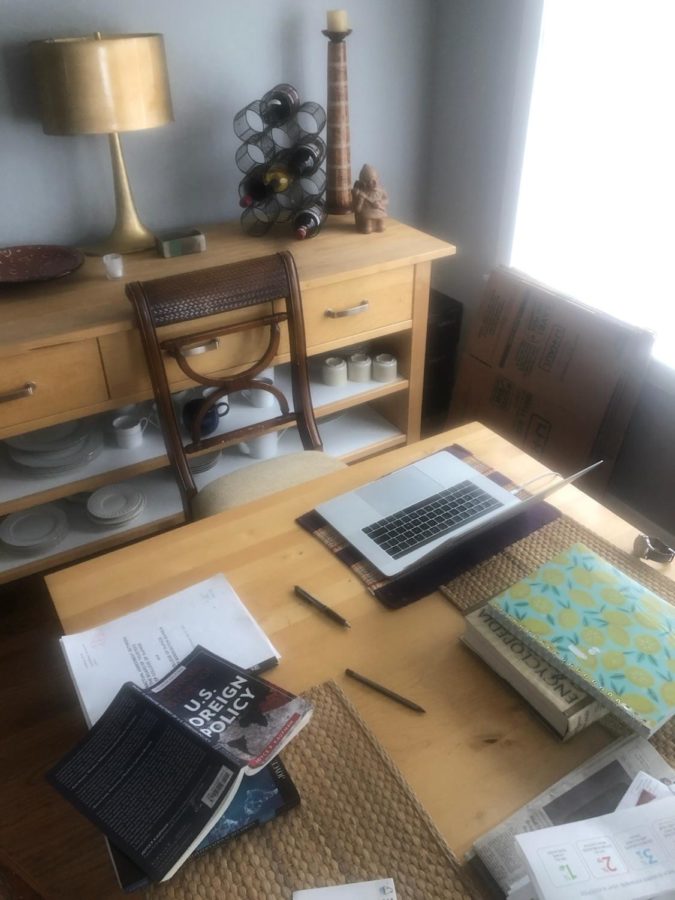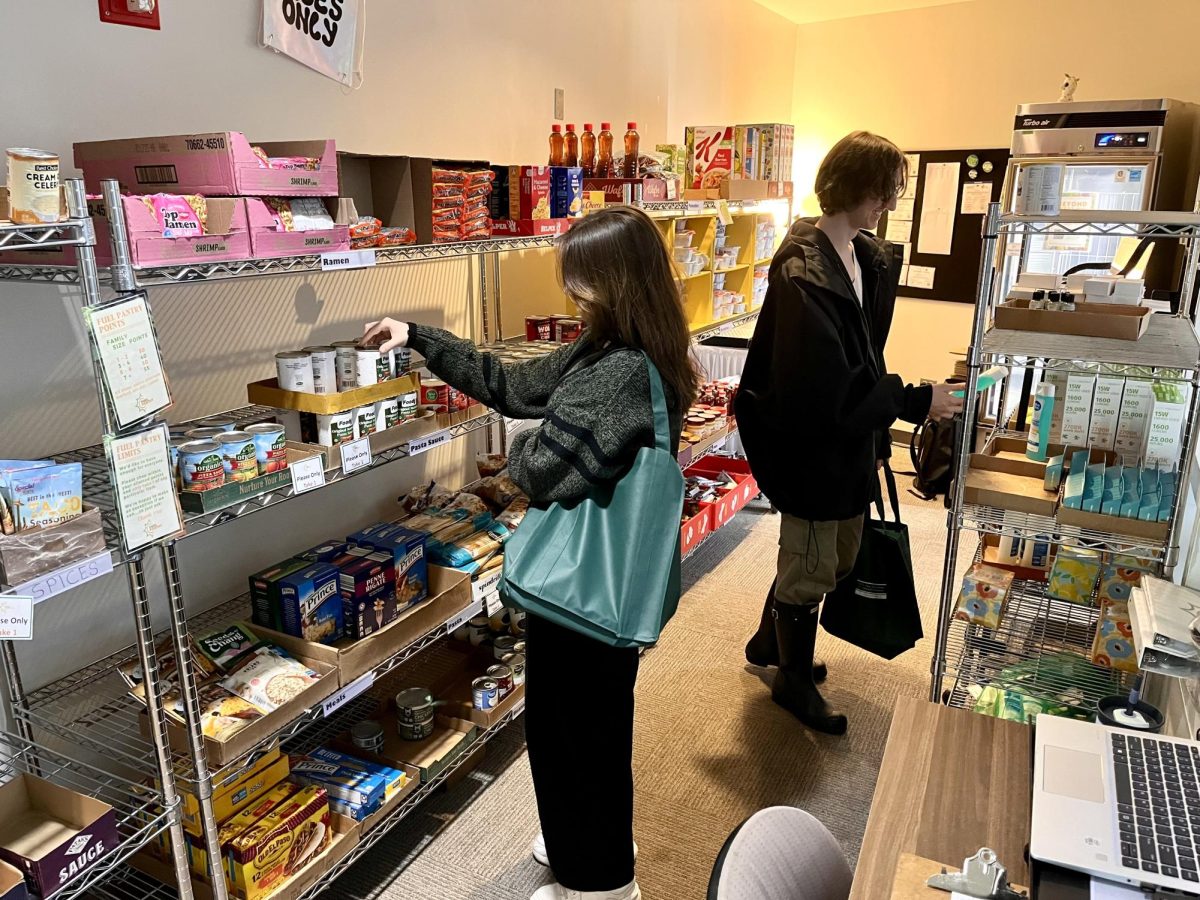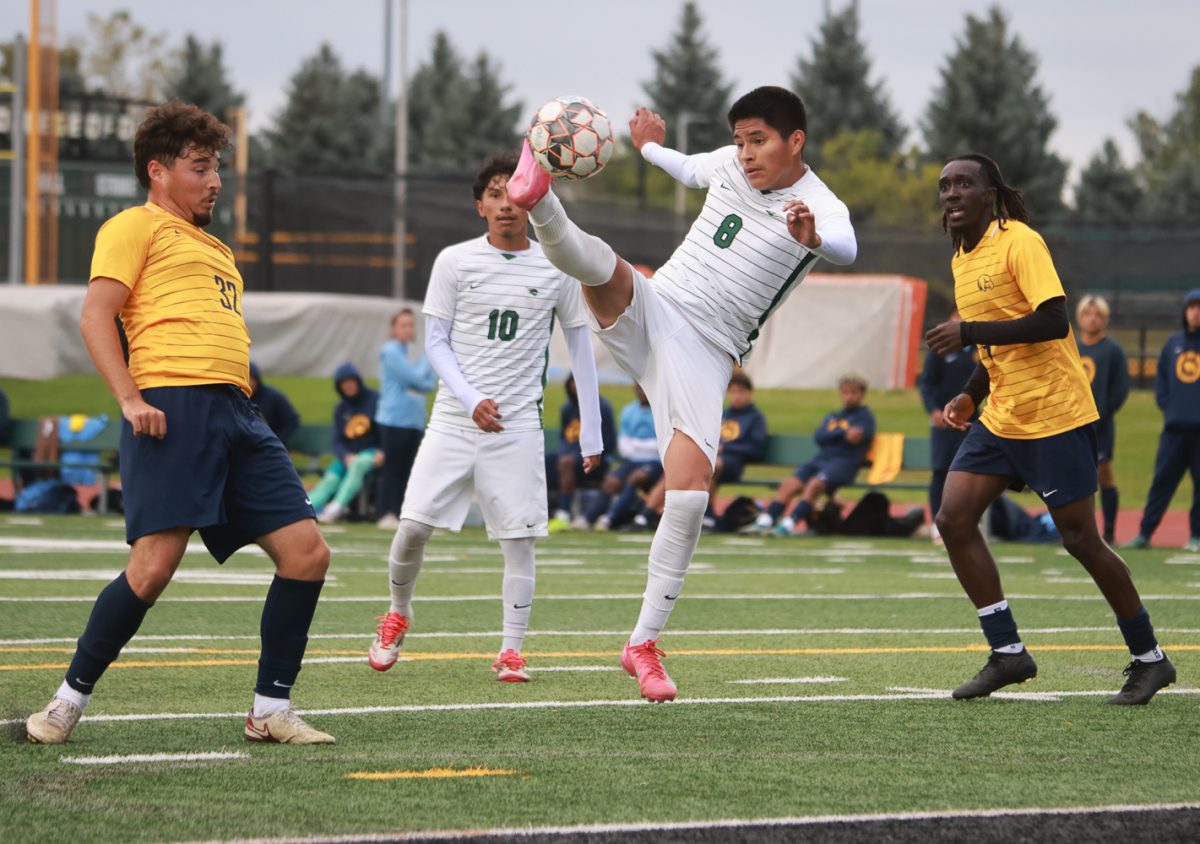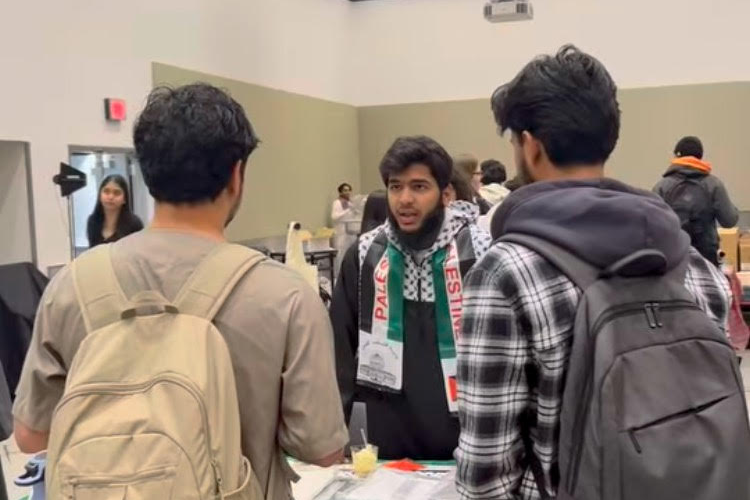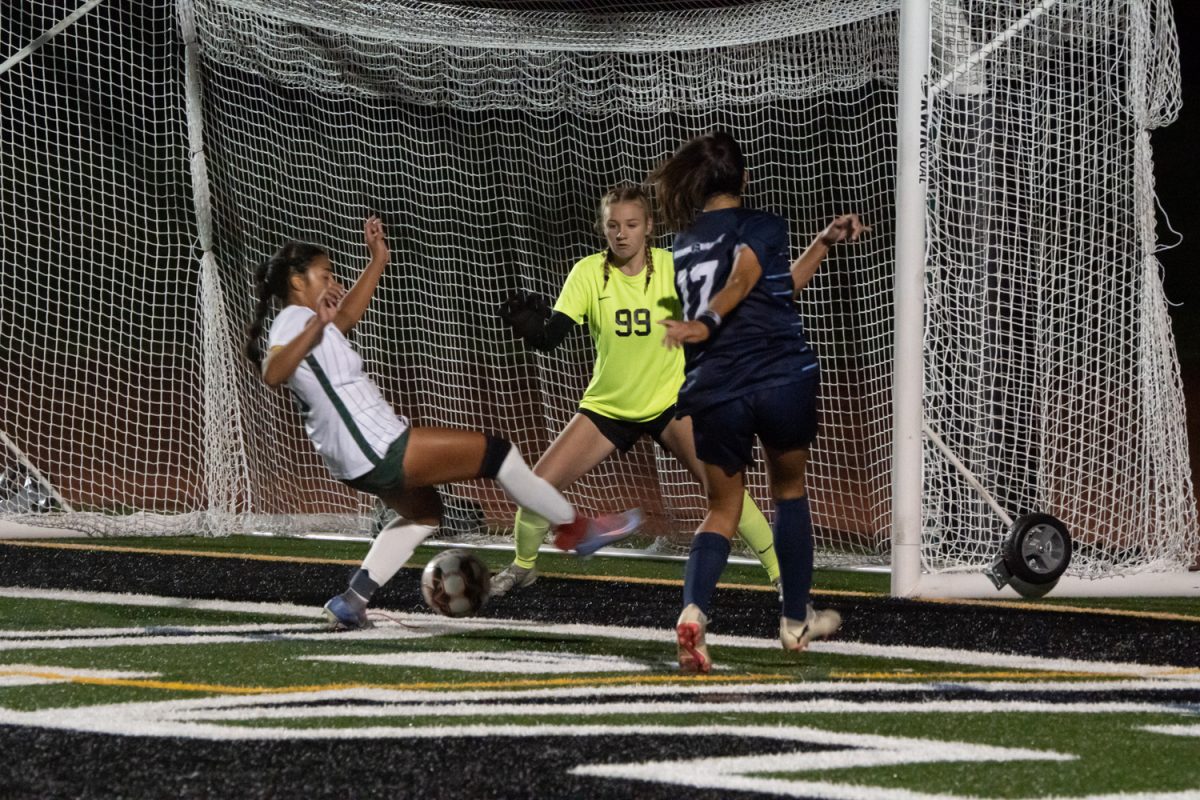Professors adapt methods to engage students at home
March 9, 2021
When the COVID-19 pandemic caused the College of DuPage to shut its doors to most of its students, faculty and staff, political science Professor David Goldberg soon found he needed to change everything about the way he taught students. The strategies that worked in the classroom just weren’t practical in a remote learning environment.
“The structural challenges students face is one of my major issues,” Goldberg said. “And by a structural piece I mean someone who is sharing an internet connection with two or three siblings or family members. A lot of us have dealt with students who have family members that came down with COVID, (or) their own children have come down with COVID. ”
Goldberg is just one example of thousands of teachers in local community colleges who had to adapt the ways they present and share material with their students on the fly. This has caused massive frustrations and concern for both teachers and students as both are trying their best to figure out how to make it work.
The struggles go beyond the virus itself and barriers to accessing technology. Getting students to still buy into learning and commit the necessary hours to it when they weren’t required to be physically in front of a teacher is also high on the list of challenges for professors like Laura Seeber, an adjunct English professor at Lake County College.
“My biggest concern was engagement and how my students can stay engaged with each other and me,” Seeber said. “How are students going to handle this space?
Seeber’s students tackle remote learning in one of two ways. They have what’s called asynchronous class, meaning they attend a regular, live class together on the internet with their professor. Or, asynchronous, meaning the teacher puts all the information for the class online and the students access it independently and turn in work according to various deadlines.
Depending on the situation, Seeber said remote learning makes it tough for professors to know their lessons are really hitting home.
“Not that students are just checking boxes but that they are actually learning something, they are feeling a part of a community and that is very hard to replicate in an online setting, especially in a writing class,” Seeber said.
In a classroom environment, professors can see where students are lacking or falling behind and reach out to keep them involved. However, since everything is now online and through a screen, it is more difficult for any professor to notice. Some students don’t even have cameras attached to their computers or don’t turn them on.
These new circumstances have forced professors to change their behaviors and teaching methods in order to keep students engaged and involved with their classes,
“This has forced me to be a better teacher,” Goldberg said. “It has forced me to rethink what I am teaching in terms of the context of political science, and it has also forced me to rethink how I deliver this information.”
For instance, instead of having a project, a paper and a midterm exam equaling 90% of a student’s grade, Goldberg turned to multiple, small projects with more weight toward the final grade. But there is also the problem of students adjusting to the different teaching styles, class formats and workload.
“The students that really struggle or have bluntly said, ‘I can’t,’ or, ‘this format isn’t working for me,’ we try to work out a way to make it work.,” Seeber said. “Let’s try out this productivity trick or try to find a quiet room or space that you can work in.”
Both Goldbergs and Seeber said, after a rough start, both students and teachers are evolving into the new norm.
“Students have really risen to the task, and most of my classes are feeling very engaging,” Seeber said. “I don’t know how every faculty handles this, but I believe that when you are an instructor you have an obligation to grow and learn.”
Goldberg has even found that as both teachers and students find themselves trying to overcome a mutual problem, connections with students are now often made in more personal ways than ever before. Students and teachers now know what each other’s homes, pets and housemates look like. In a lot of cases, people can see where you sleep, your favorite band posters and your caffeinated beverage of choice.
“It has forced a lot of people to challenge ourselves and to challenge students,” Goldberg said. “Despite the obstacles in our way, people are more honest with each other.”
Originally published in the Daily Herald and can be found at:https://www.dailyherald.com/news/20210304/professors-adapt-methods-to-engage-students-at-home



